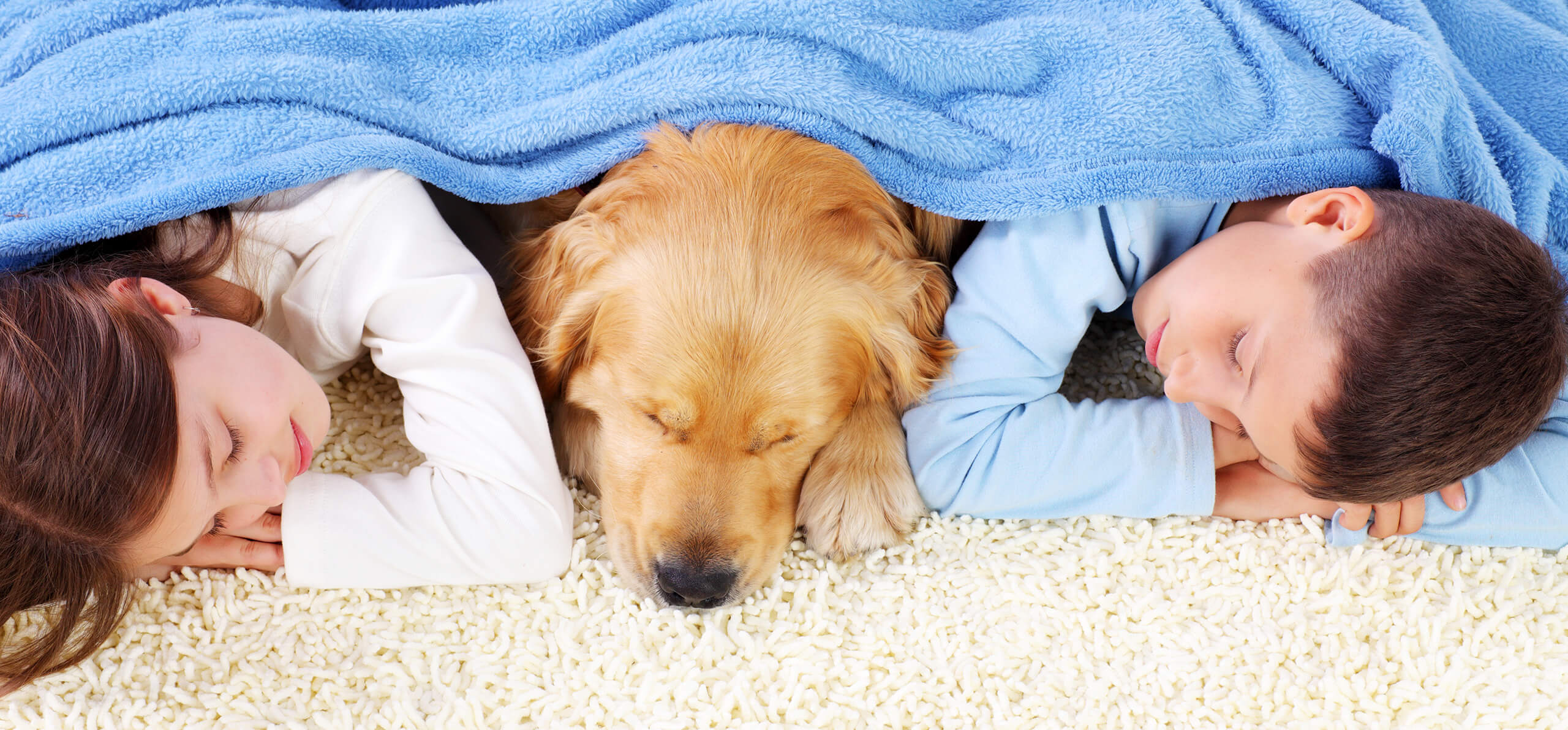And does that remind you of how certain people flinch and flounder once they’ve descended into la-la land?
Of course, no one can state definitively what goes on in dogs’ minds, but research indicates dogs likely dream just as much as humans, and the subjects of their dreams are probably similar — activities they pursue in the normal course of a day.
The sleep patterns of canines often mimic those of humans, according to psychology professor Stanley Coren, author of "Do Dogs Dream? Nearly Everything Your Dog Wants You to Know.” Like their owners, dogs progress through different stages of sleep including rapid-eye-movement (REM) and non-REM stages, Coren states. He pointed to a study involving the measurement of electrical activity in dogs’ brains, which concluded canines spend 44 percent of their time alert, 23 percent in non-REM or slow-wave sleep, 21 percent drowsy and 12 percent in REM sleep.
So what’s Fido dreaming about?
In humans, both REM and non-REM sleep can foster dreams — and scientists believe the same is true in dogs. The structure of dogs’ brains is similar to that of humans, and in both mammals the brain patterns common to the two stages may play an important part in learning and remembering, according to MIT cognitive scientist Matthew Wilson.
Wilson theorizes dreams during non-REM sleep may allow the brain to categorize the day's activities, while REM dreams may encourage the brain to explore without consequence — and the same may be true in canines. How do we know? In both humans and dogs, our brains disable our large muscles during sleep to keep us from acting out our dreams. And once that function is medically deactivated, dogs do try to get up and (seemingly) act out their dreams.
"What we've basically found is that dogs dream doggy things," concludes Coren, who believes dogs also have nightmares. "Pointers will point at dream birds and Dobermans will chase dream burglars. The dream pattern in dogs seems to be very similar to the dream pattern in humans."
Harvard Medical School Psychologist Deirdre Barrett agrees in a recent People magazine article.
“Humans dream about the same things they’re interested in by day, though more visually and less logically ... and there’s no reason to think animals are any different," she states. "Since dogs are generally extremely attached to their human owners, it’s likely your dog is dreaming of your face, your smell, and of pleasing or annoying you.”
All that is speculative, of course; the only animals able to suggest the actual content of their dreams may have been famous gorillas Koko and Michael, who were taught American Sign Language by a team at Stanford University. Koko, upon waking, signed about fantastic events, people and places, and the late Michael, whose family was killed by poachers, on occasion signed, “Bad people kill gorillas” immediately after waking up.
Other interesting fact about dogs and dreaming:
- Dogs enter REM sleep about 20 minutes into a nap and generally stay there two to three minutes, Coren reports. Symptoms of REM sleep include irregular breathing and (in puppies and very old dogs) twitching muscles. “You can even see the dog's eyes moving behind its closed lids,” he recently told Psychology Today. “The dog is actually looking at the dream images as if they were real images of the world. When human beings are awakened during this rapid eye movement or REM sleep phase, they virtually always report they were dreaming.”
- Smaller dogs have more frequent but shorter dreams, Cohen says, while large dogs have less frequent but longer dreams.
- Like humans, dogs can have sleep disorders ranging from insomnia or narcolepsy to sleep apnea or REM behavior disorder.
Should you wake your dog up if he’s whimpering or moving around a lot in his sleep? Probably not, scientists say.
“It’s not so much that interrupting the dream is bad, but pulling a dog abruptly out of REM sleep can be startling for them, which might confuse the dog or provoke an aggressive reaction,” advises Matt Soniak on PetMD.com. “At the very least, you’re interrupting an important part of the sleep cycle and robbing your dog of some well-deserved rest.”
“Dogs just have a lot more movement in their sleep than other species, so they’ll routinely paddle their paws and flop around a little bit with their limbs,” agrees veterinarian Joan Hendricks in the PetMD article. “They're just more vigorous. That's all normal.”

